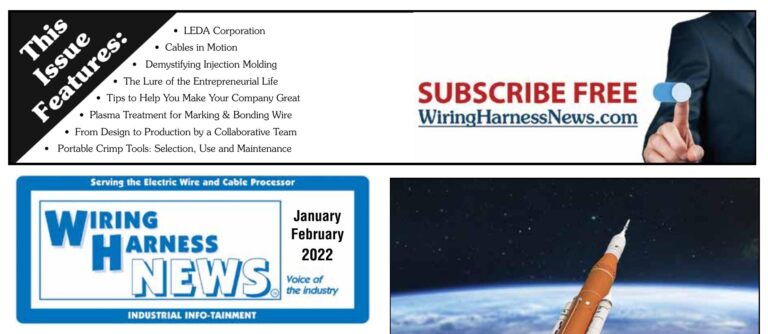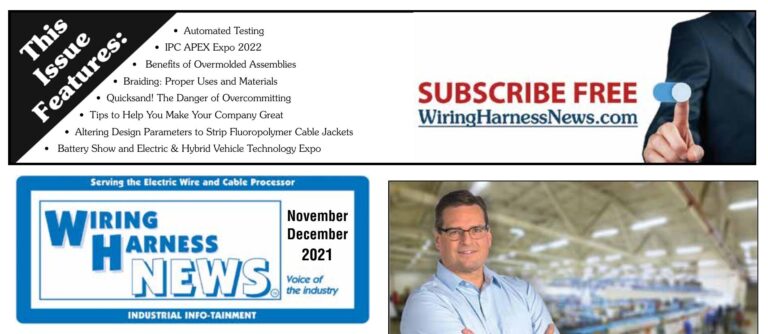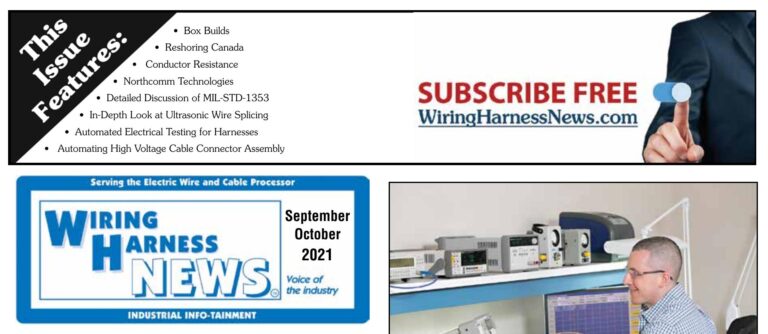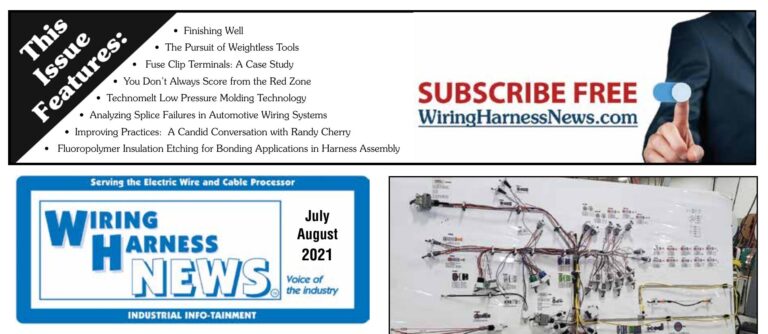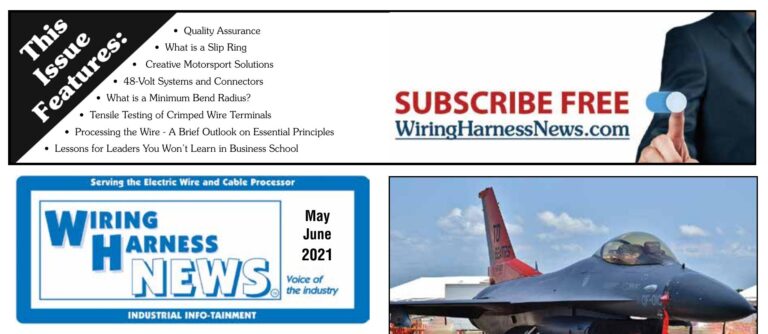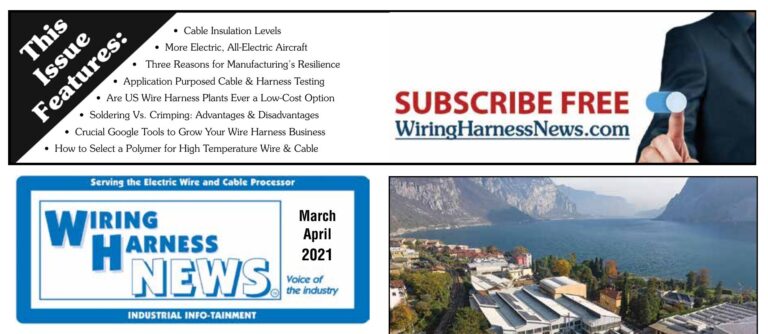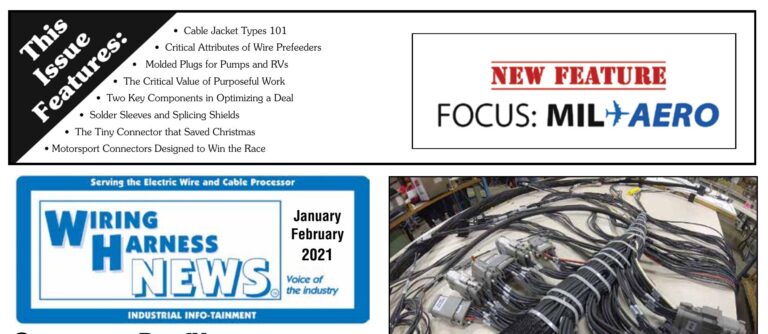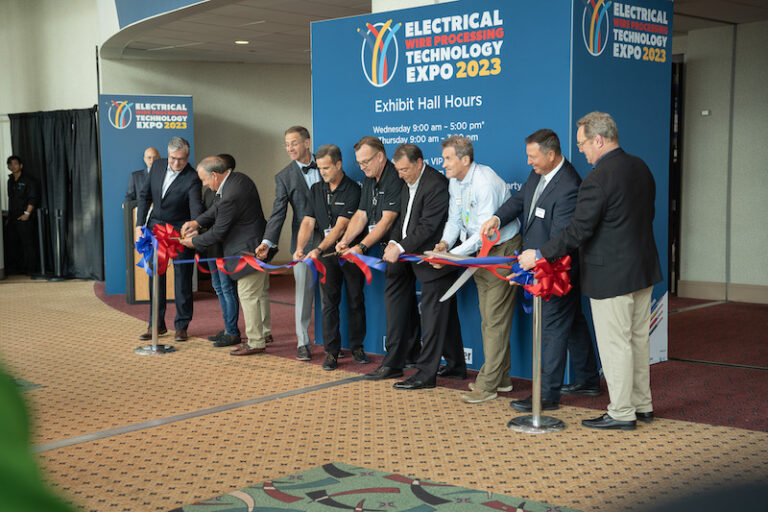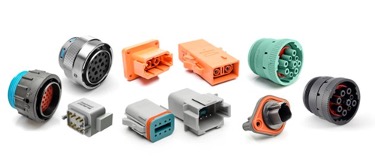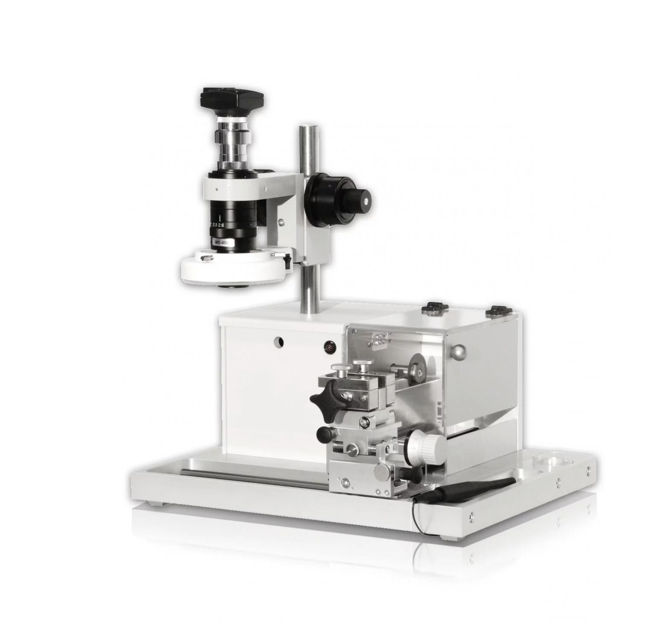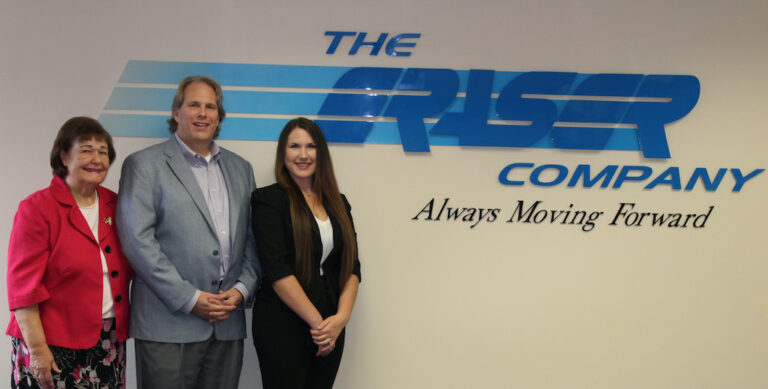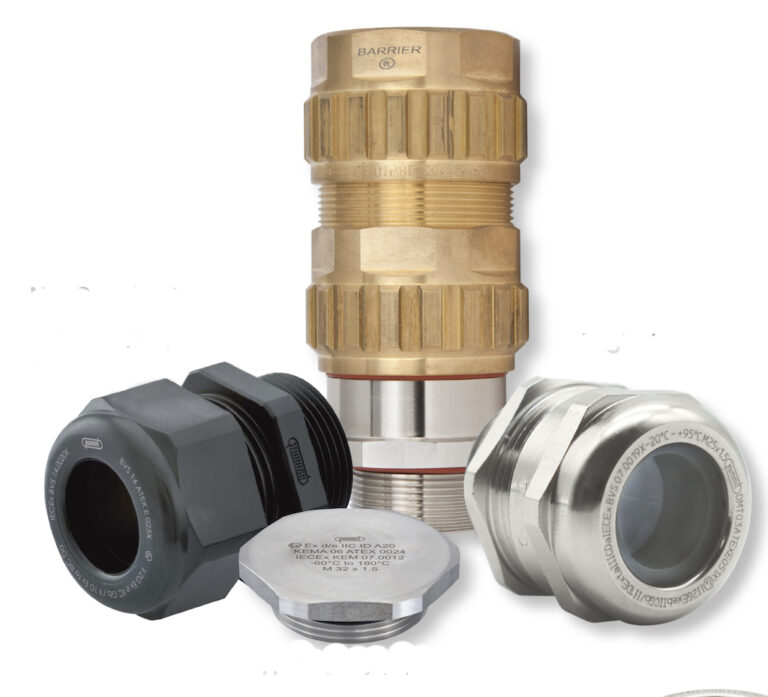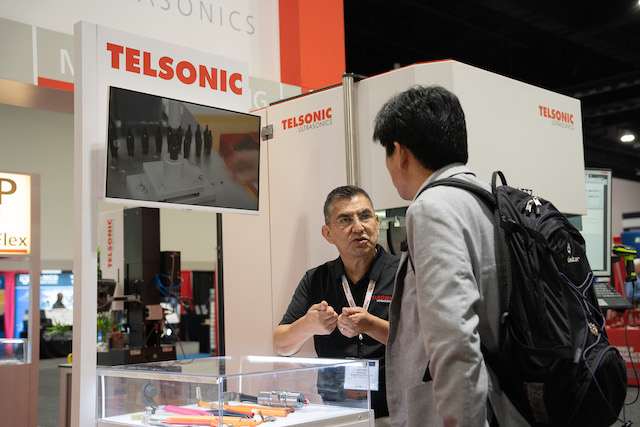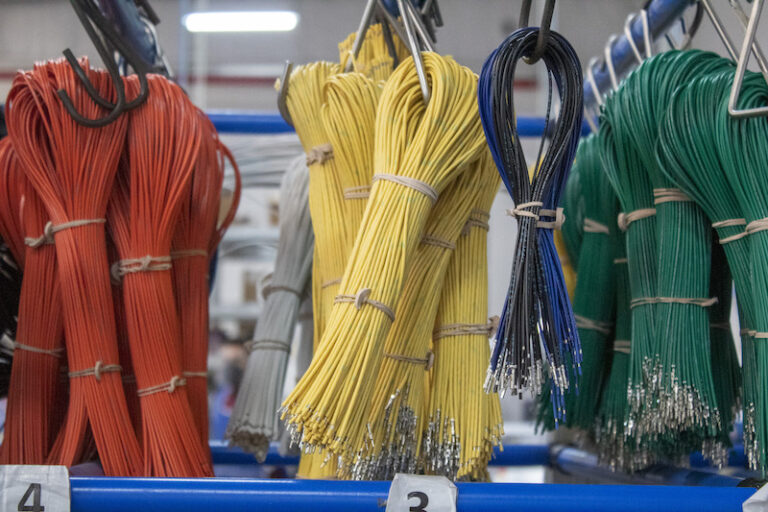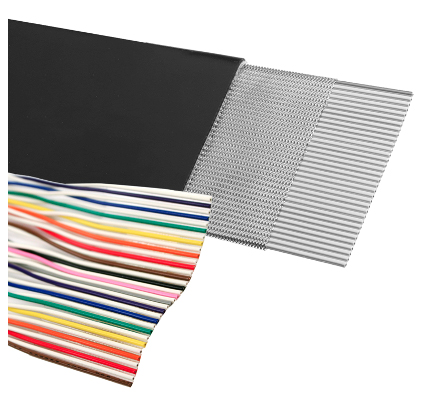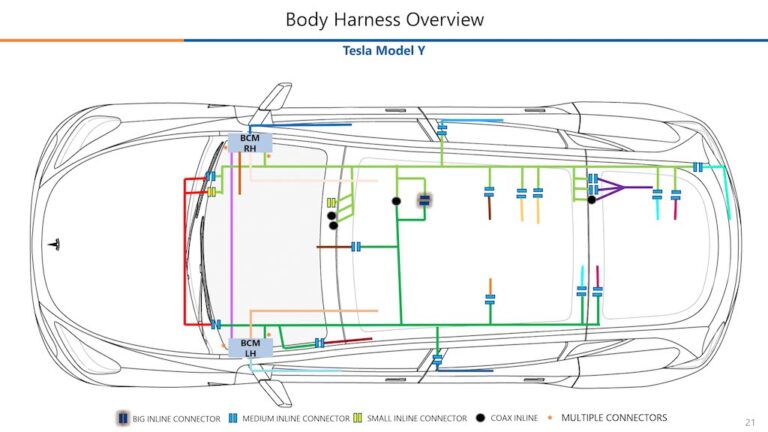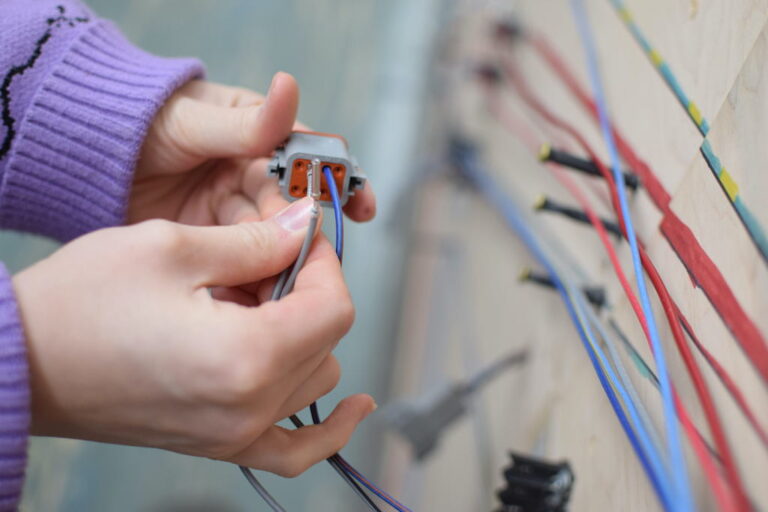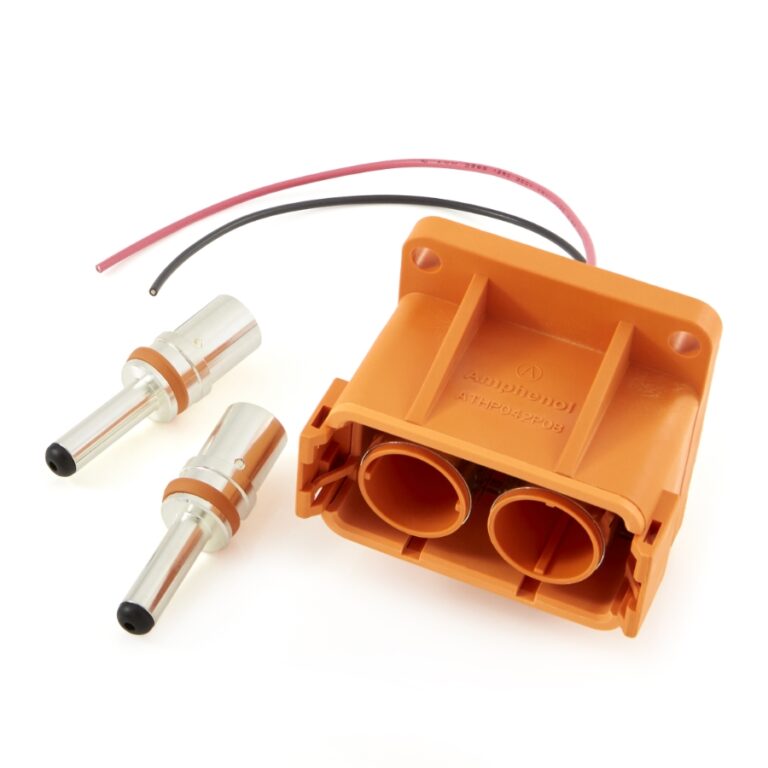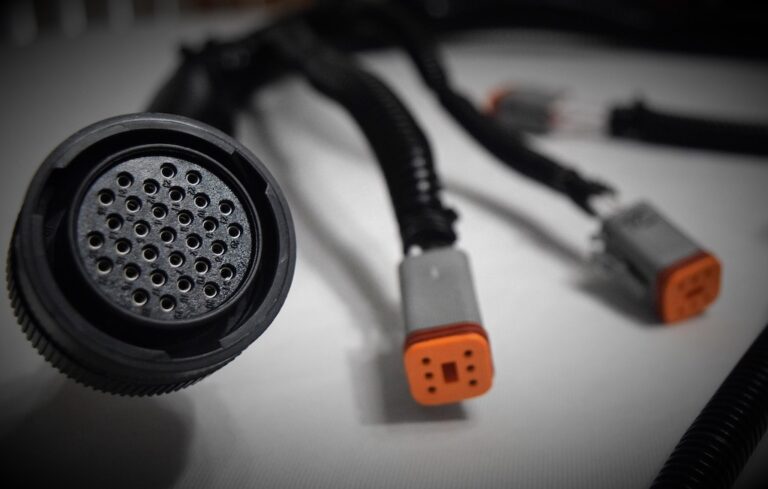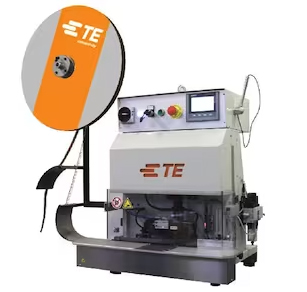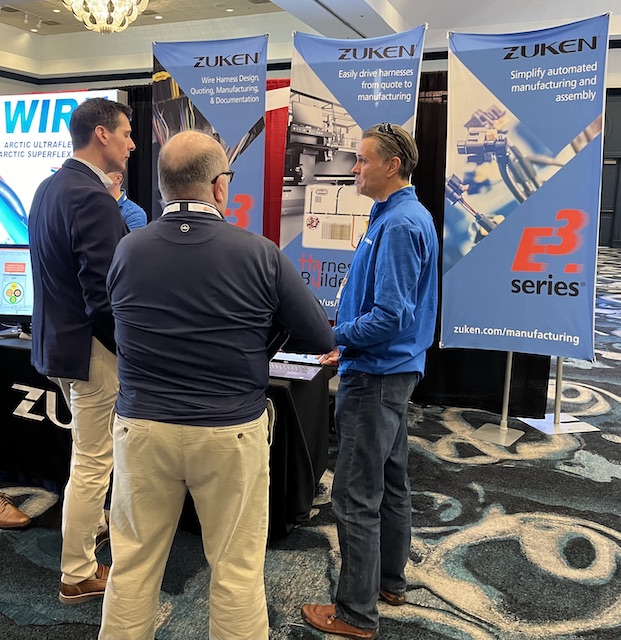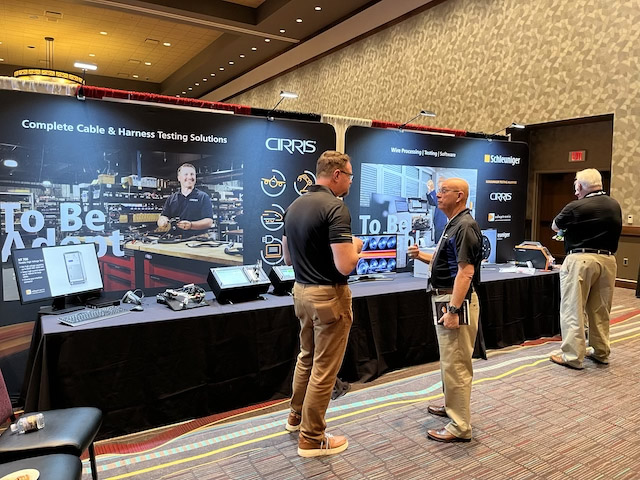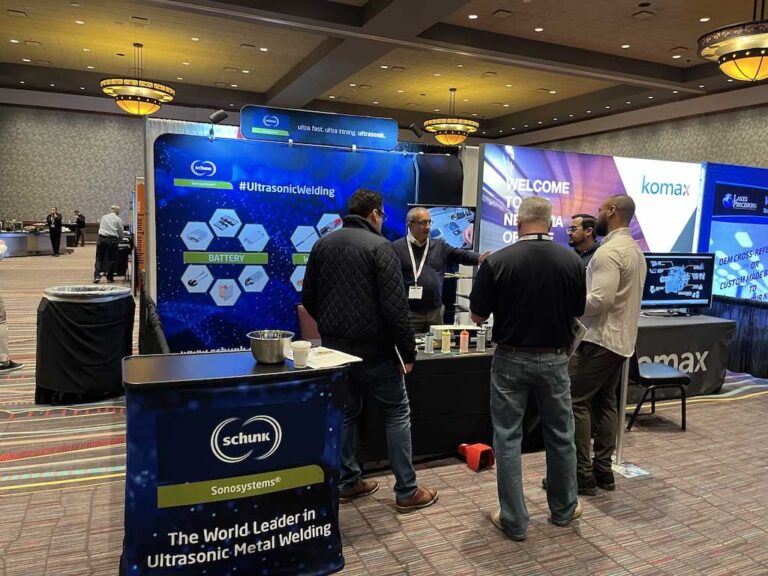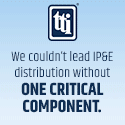WHMA Wired-In Sep/Oct 2018
by Christine Siebert
The Wiring Harness Manufacturers Association (WHMA) has enjoyed a long and mutually beneficial relationship with Wiring Harness News (WHN). In fact, over ten years ago, the WHMA Board of Directors declared WHN as the “Official” publication of the association.
WHN has graciously granted WHMA a regular column “Wired In” in each edition to communicate topics, news, etc. to the wire harness and cable assemblyindustry which it represents. To learn more about the association visit www.whma.organd to submit column suggestions email [email protected].
As many things in the wire harness and cable assembly industry today are uncertain, such as the impact that tariffs, new technologies, immigration laws, etc. will have on our industry, a couple things you know you can always count on are requirements from your customers and most of all Industry Standards.
We, at WHMA, find these areas to be comforting during these uncertain times especially industry standards. Industry standards are like a safety harness for your business. By having recognized standards, your company will not only be compliant with the latest and greatest industry accepted standards but provide quality and reliable products to your customers.
WHMA and IPC are proud to say that they came together to create the IPC/WHMA-A-620 Standard (now, Revision C). This is the onlyindustry-consensus standard for Requirements and Acceptance for Cable and Wire Harness Assemblies and the most widely used inspection specification for the cable and wire harness assembly industry. The A-620 standard prescribes practices and requirements for the manufacture of cable, wire and harness assemblies. This standard describes materials, methods, tests and acceptability criteria for producing crimped, mechanically secured and soldered interconnections, and the related assembly activities (corresponding lacing/restraining criteria) associated with cable and harness assemblies. Any method that produces an assembly conforming to the acceptability requirements described in this standard may be used. This is an international standard being used by harness assemblers in at least 42 countries and more than 1,000 companies worldwide employ at least one person who is certified to train others in the use of the standard.
Now yes, it is great that the wire harness and cable assembly Industry has a standard for creating their harnesses but there are also many other values that wire harness and cable assembly manufacturers, component and equipment suppliers and even OEM’s have found in not only adopting the standard but requiring it for their products and production.
The manufacturers have found that the A-620 standard gives them a competitive advantage. By using the A-620 standard, it sets expectations between them and their customers for what is considered acceptable and quality workmanship for cables and harnesses. This validates their legitimacy and demonstrates a commitment to meeting customer requirements and satisfaction. Also many of these company also continuously invest in their employees by educating them in the IPC standards and it reflects through their quality, productivity, efficiency and delivery metrics.
Component and equipment suppliers are seeing that the standard as a way to differentiate their products. This manual provides a clear understanding of what is required by the industry and these suppliers make sure that their products meet these requirements and it gives them the opportunity to promote them as A-620 compliant. Also giving them a definite advantage over their competitors.
Now one of the values for OEM’s is that it clearly sets acceptable standards and a common language between the OEM’s and the wire harness manufacturers. It makes it a lot easier to work together even when a project has unique build specifications. More and more OEM’s are referencing the A-620 standards on their drawings, making it easier for the certified companies to work closer with them.
As you can see, the IPC/WHMA-A-620 standard enhances processes for not only the direct wire harness and cable assembly industry but creates improvements for both OEMS and other manufacturing industries. Just by having one “Standard” can make a big difference and bring a little peace of mind for consistency, improving compliance and quality.
If you have any questions regarding the IPC/WHMA-A-620 Standard or WHMA please contact our offices. Visit the WHMA website for more information on how to become certified and/or to become a WHMA member www.whma.org
Also, we want to thank IPC for information provided in this article. “Since 1957, IPC — Association Connecting Electronics Industries® has been guiding the electronic interconnection industry through its dramatic changes. A global trade association dedicated to the competitive excellence and financial success of its more than 3,300 member companies, IPC represents all facets of the industry including design, printed circuit board manufacturing and electronics assembly.”















